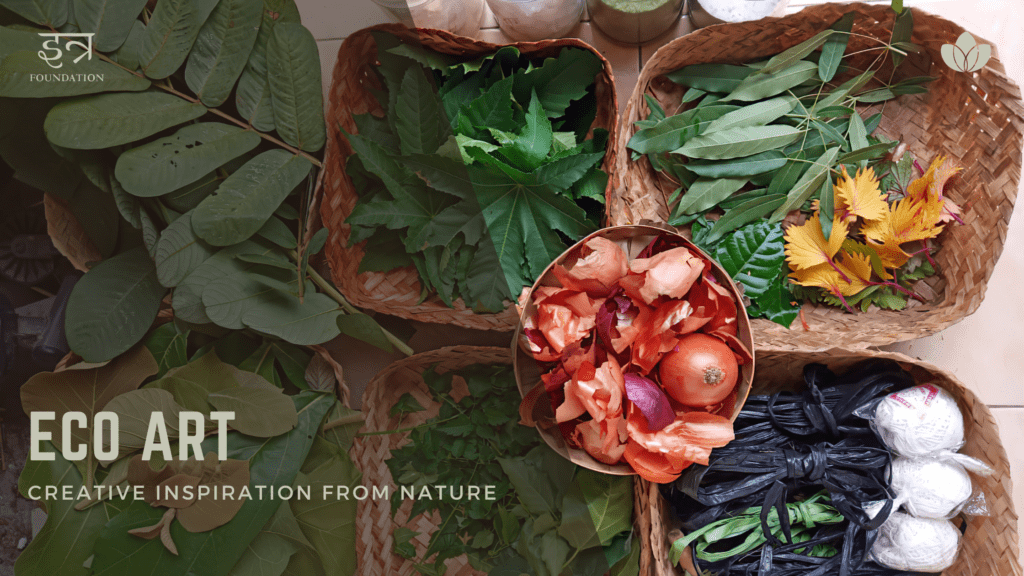Nature has always been a source of inspiration for artists throughout history. From the magnificent landscapes to the intricate patterns found in flora and fauna, the beauty of the natural world has captivated creative minds for centuries. However, in recent years, there has been a growing movement towards a more eco-conscious approach to art creation, known as eco art. This form of artistic expression not only draws inspiration from nature but also aims to raise awareness about environmental issues and promote sustainability. In this blog post, we will explore the concept of eco art and how it serves as a powerful catalyst for change.
The Concept of Eco Art
Eco art, also known as environmental art or ecological art, is a genre of art that encompasses various artistic practices focused on the environment. It goes beyond traditional art forms and seeks to engage viewers in a deeper understanding and appreciation of nature while addressing ecological concerns. Eco artists often incorporate natural materials, recycled objects, and sustainable techniques into their artworks, reflecting a commitment to reducing their environmental impact.
Creative Inspiration from Nature
Nature offers a plethora of inspiration for artists, and eco art allows them to channel this inspiration towards sustainable and thought-provoking creations. The colors, textures, and shapes found in landscapes, plants, and animals can serve as a starting point for artistic exploration. From the vibrant hues of a sunset to the intricate patterns on a seashell, there is an endless array of visual cues waiting to be transformed into unique works of art.
Eco artists also draw inspiration from natural processes and ecosystems. They observe the delicate balance and interconnections between living organisms and their environment, which can inspire them to create art that reflects these intricate relationships. By capturing the essence of nature’s complexity, artists can help viewers develop a deeper appreciation for the natural world and the need to protect it.
Environmental Awareness and Advocacy
One of the primary goals of eco art is to raise environmental awareness and promote sustainability. Artists use their creative platforms to highlight pressing ecological issues such as climate change, deforestation, pollution, and species extinction. Through their artworks, they evoke emotional responses from viewers, encouraging them to contemplate the impact of human actions on the environment.
Eco art often sparks conversations about environmental conservation and sustainability. By provoking thought and discussion, artists can inspire individuals to take action and make positive changes in their own lives. Whether it is through exhibitions, public installations, or community engagement projects, eco artists actively strive to create a lasting impact and ignite a sense of environmental responsibility.
Sustainability in Artistic Practices
Eco art not only focuses on the subject matter of the artworks but also emphasizes sustainable artistic practices. Many eco artists adopt environmentally friendly techniques and materials, such as using natural pigments, recycled objects, or even creating art installations that incorporate renewable energy sources. By consciously reducing their ecological footprint, these artists demonstrate that creativity can coexist harmoniously with sustainable living.
Conclusion
Eco art is a powerful form of artistic expression that draws inspiration from nature while advocating for environmental awareness and sustainability. By using their creative talents, eco artists bring attention to critical ecological issues and inspire viewers to reevaluate their relationship with the natural world. Through their unique perspectives and sustainable practices, these artists contribute to a greener, more conscious society. As we continue to face environmental challenges, eco art serves as a reminder that creativity can be a catalyst for positive change when combined with a deep reverence for nature.


